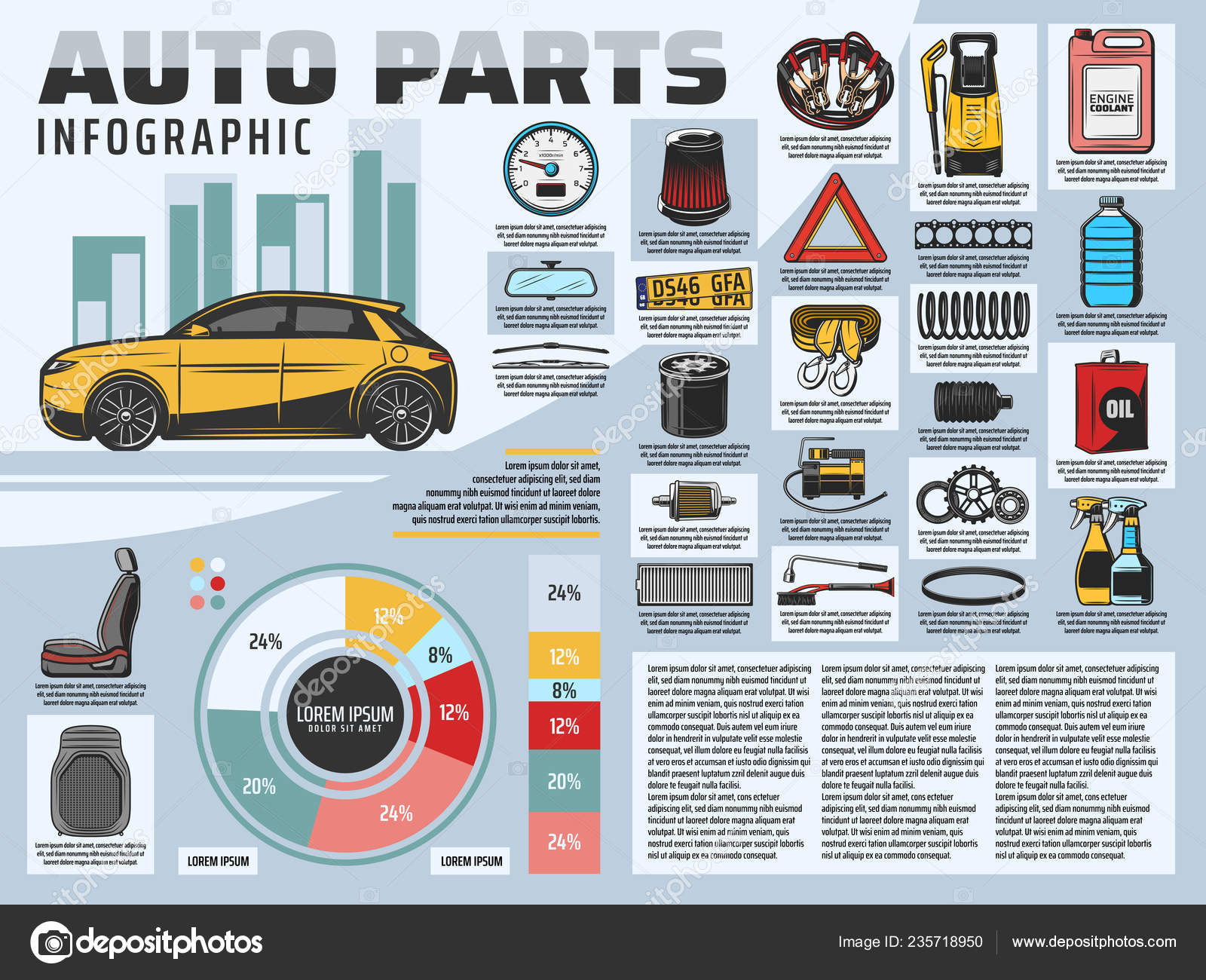Wish To Discover More Concerning The Warning Lights On Your Dashboard? Discover What They Suggest Concerning Your Lorry'S Health And Wellness
Wish To Discover More Concerning The Warning Lights On Your Dashboard? Discover What They Suggest Concerning Your Lorry'S Health And Wellness
Blog Article
Short Article Writer-Samuelsen Kejser
When you're behind the wheel, those radiant caution lights on your control panel can be a bit perplexing. Do you recognize what they're trying to inform you concerning your vehicle's health? Understanding the value of these lights is essential for your security and the durability of your automobile. So, the next time among those lights turns up, wouldn't you wish to understand its message accurately and take the needed actions to address it?
Common Caution Lights and Interpretations
Recognize common caution lights in your vehicle and comprehend their meanings to ensure safe driving.
The most common caution lights consist of the check engine light, which indicates issues with the engine or emissions system. If this light comes on, it's crucial to have your car examined promptly.
The oil stress alerting light indicates low oil stress, requiring prompt attention to prevent engine damage.
A blinking battery light may suggest a damaged billing system, possibly leaving you stranded if not attended to.
The tire pressure monitoring system (TPMS) light alerts you to low tire pressure, impacting vehicle stability and fuel efficiency. Neglecting this could cause risky driving conditions.
The abdominal muscle light suggests a problem with the anti-lock stopping system, jeopardizing your ability to quit quickly in emergencies.
Finally, the coolant temperature warning light warns of engine getting too hot, which can cause serious damages if not resolved quickly.
Comprehending these common warning lights will certainly help you resolve problems without delay and preserve risk-free driving conditions.
Significance of Prompt Interest
Comprehending the usual caution lights in your cars and truck is just the primary step; the relevance of without delay attending to these warnings can not be highlighted enough to ensure your safety and security on the road.
When a caution light brightens on your control panel, it's your vehicle's method of connecting a potential concern that requires interest. Overlooking these cautions can cause extra serious troubles later on, compromising your safety and security and possibly costing you a lot more in repairs.
Prompt interest to warning lights can avoid failures and mishaps. For instance, a blinking check engine light can suggest a misfire that, if left unattended, might cause damages to the catalytic converter. Resolving this immediately can conserve you from a pricey repair.
Similarly, a brake system alerting light could signify reduced brake fluid or used brake pads, essential elements for your security when driving.
Do It Yourself Troubleshooting Tips
If you notice a caution light on your dashboard, there are a few DIY repairing ideas you can try before seeking specialist aid.
The first step is to consult your car's guidebook to understand what the particular warning light indicates. In some cases the problem can be as straightforward as a loosened gas cap triggering the check engine light. Tightening https://www.thedenverchannel.com/news/pride/sheridan-auto-repair-shop-owner-paving-the-way-for-queer-community-in-male-oriented-industry may deal with the trouble.
An additional common problem is a reduced battery, which can activate numerous advising lights. Checking https://brake-pads-near-me16161.bleepblogs.com/30448438/the-awe-inspiring-change-of-an-ignored-car-reveals-the-outstanding-power-of-expert-detailing-strategies-prepare-to-be-really-astonished-by-the-outcomes for corrosion and ensuring they're safe may repair the issue.
If a caution light continues, you can try resetting it by separating the cars and truck's battery for a few minutes and then reconnecting it. Additionally, checking your automobile's fluid levels, such as oil, coolant, and brake liquid, can help fix warning lights connected to these systems.
Conclusion
To conclude, recognizing your auto's caution lights is vital for keeping your car running efficiently and securely. By without delay attending to these notifies and understanding what they imply, you can prevent costly fixings and prospective failures.
Remember to consult your car's guidebook for specific information on each alerting light and take action accordingly to make certain a hassle-free driving experience.
Remain informed, stay secure when traveling!
